super class i occlusion
Occlusions that are not ideal may be improved with dental treatments such as orthodontics. Not require a new Occlus-o-Guide appliance for Aany dental work done during treatment.
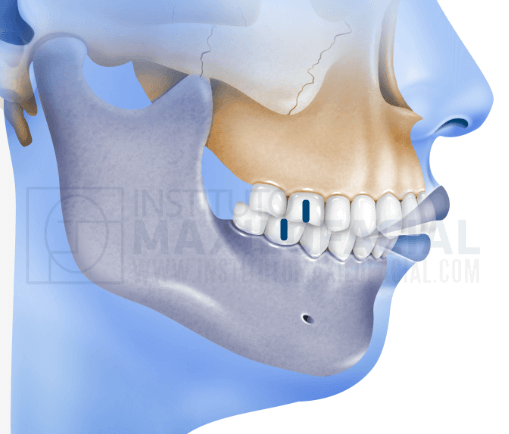
What Is A Class I Class Ii Or Class Iii Bite Instituto Maxilofacial
The six keys to normal occlusion contribute individually and collectively to the total scheme of occlusion and therefore are viewed as essential to successful orthodontic treatment.

. Ortho-T patient fees range from 12 the cost of orthodontics in your area. 6 Types of Occlusion Underbite. The maxillary first molar is slightly posteriorly positioned relative to the mandibular first molar.
Same as normal occlusion but characterized by crowding rotations and other positional irregularities. A Class 1 molar relationship is described as. Crown angulation mesio-distal tip.
One of the types of occlusion is the underbite. The mesiobuccal cusp of the upper first molar occludes with the buccal groove of the lower first molar. Mesiobuccal cusp of maxillary 1st molar is directly in line in mesiobuccal groove of md.
Tap card to see definition. This usually takes 46 months and is continued for an additional 36 months to allow for functional re-orientation of the muscular complex. However there is a lot more to it.
Class I is a normal relationship between the upper teeth lower teeth and jaws or balanced bite. The upper first molar cusp lines up forward of the developmental groove of the lower first molar. If the patient with a forward shift has Class I molars in centric occlusion correction of the anterior crossbite will eliminate the forward shift and tend to make the molar occlusion end-to-end.
The first of the six keys is molar relationship. The lower incisor edges lie posterior to the cingulum plateau of the upper incisors Division 1 the upper central incisors are proclined or of average inclination and there is an increase in overjet. Class 3- Abnormal relationship between upper and lower arches due to abnormal formation of either arch.
The distal surface of the disto-buccal cusp of the upper first permanent molar occludes with the mesial surface of the mesio-buccal cusp of the lower second molar. The cusp tip of the upper cuspid is forward of the lower cuspid. The three classes according to Angles classification are as follows.
Click again to see term. Class III intraoral elastics connect the appliance with maxillary anchorage either bonded appliances or a vacuum-formed retainer to activate the mandibular posterior segment moving it bodily into what we call the Class I platform - a perfect intercuspation from the canines to the molars in which centric relation coincides with centric occlusion. Another type of teeth occlusion is the crossbite.
The anteroposterior relationship is normal but there may be vertical or transverse malrelationships of the jaws. The relationship of the maxillary teeth to the mandibular teeth when the patient bites on their back teeth. The upper incisor inclination is average and the overjet is 23 mm.
Class 2- Abnormal formation of a part or whole of either arch due developmental defects of bone. Skeletal Class III malocclusion is usually easy to recognize and frequently leads to conspicuous impairment of facial esthetics and depending on the severity may cause gross reduction in masticatory performance. An upper removable appliance with a steep anterior incline plane is used to retain the corrected incisor relationship until the posterior occlusion is fully integrated.
The dental term of this protrusion is overjet. The mesiobuccal cusp of the maxillary first molar occluding in line with the buccal groove of the mandibular first molar ie. Occlusion is defined as making contact with the surface of an opposing tooth when the jaws are closed.
No two patients have the same. Class I occlusion is also known as. Bennetts classification Class 1- Abnormal position of one or more teeth due to local causes.
Significantly cheaper than other removable appliances. Class I malocclusion is defined as that malocclusion in which the lower incisors occlude on or directly beneath the cingulum plateau of the upper incisors Figure 21. Occlusion maps based technique in 27 uses decomposition of support vector machine SVM score to detect possible tra c signs in a given real world scene but the work is limited to the detection and super class identi cation ie.
Also known as point of maximum intercuspation. As dental technicians we understand this is how teeth fit together and close on each other. Occlusion is defined as the contact relationship of the maxillary and mandibular teeth when the mouth is fully closed.
Tap again to see term. The relationship existing when all teeth are perfectly placed in the arcades of the jaws and have a normal anatomic relationship to each other. The plane of occlusion varied from generally flat to a slight curve of Spee.
Children with aberrant growth pattern can be treated with growth modulation at early age but unfortunately adults do not have such option and often require. This is the complete opposite of underbite. If the patient with a forward shift has a Class II molar relationship in centric occlusion treatment of the crossbite will eliminate the shift and tend to make the molar occlusion more.
Occlusion is important because it can influence a persons facial profile and also the health of the oral cavity. Patients will occlude in Super class I occlusion ie. Class I malocclusions Class I malocclusions include -those anomalies where the anteroposterior relationship of lower and upper arches is within normal limits -there may be transverse andor vertical malrelationships.
Malocclusion Angle Class III complications Orthodontic Appliances Functional Temporomandibular Joint Disorders etiology Temporomandibular Joint Disorders therapy. This causes the teeth to be misaligned and the lower incisors can touch the gingival tissue of the upper arch of the jaw. When the teeth are brought into contact the cusp-fossa relationship is considered the most perfect anatomic relationship that can be attained.
The lower incisor edges occlude with or lie immediately below the cingulum plateau of the upper central incisors Class II. -there may be crowding spacing and local irregularities secondary to early loss developmental anomalies which are the most common. This classification is used when the upper front teeth protrude out past the lower front teeth.
Use one appliance allows erupting teeth to be guided into a perfect Class I occlusion. Occlusion is much more than just how the teeth fit together and close on each other it has to do with movement. Also known as prognathism this class of malocclusion occurs when the lower front teeth are more prominent than the upper front teeth and the patient has a large lower jaw or a short upper one.
What are the types of occlusion. The gingival part of the long axis of the crown is distal to the incisal part of the axis. Treatment for Class III malocclusions depends on many factors of which the age factor is crucial of all.

Dental Ergonomics How To Access Patient S Teeth In The Different Quadrants Clock Positioning Dental Cosmetic Dentistry Dental Assistant School Dental Anatomy

Dental Charting Dental Charting Dental Hygiene Student Dental Assistant School
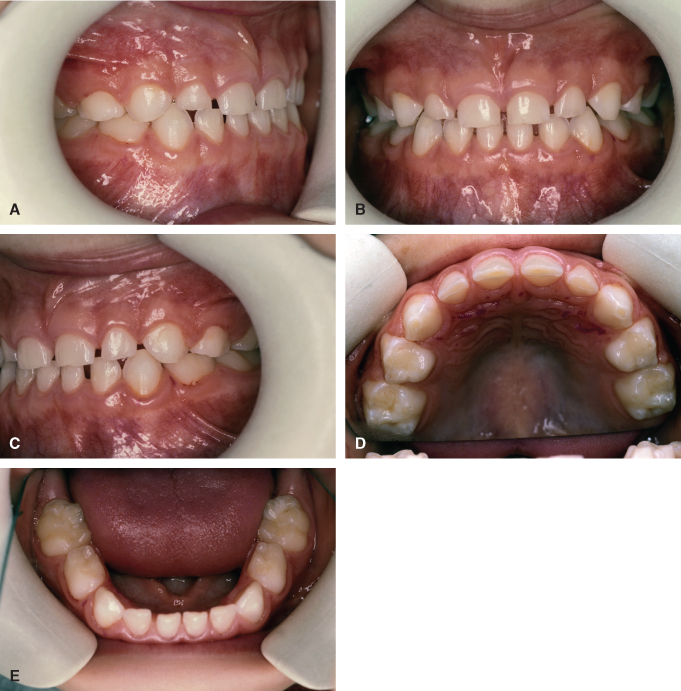
1 Orthodontic Diagnosis And Treatment Planning Pocket Dentistry

References In Adult Skeletal Class Iii Correction With Camouflage Orthodontic Treatment American Journal Of Orthodontics And Dentofacial Orthopedics

Malocclusion And The Effect On Speech Speech Lips Madison
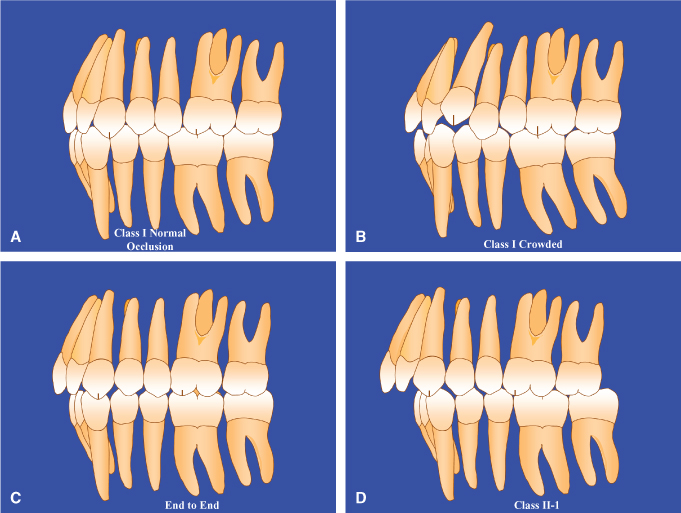
1 Orthodontic Diagnosis And Treatment Planning Pocket Dentistry
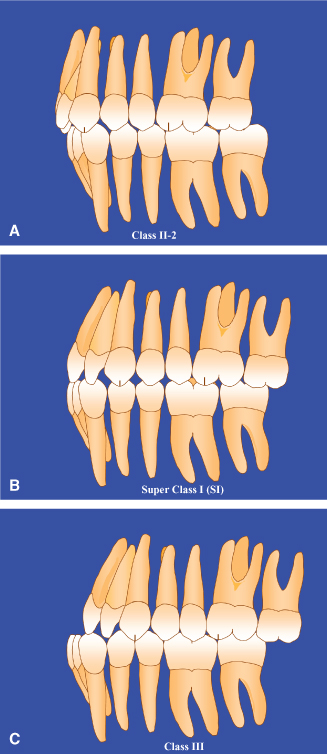
1 Orthodontic Diagnosis And Treatment Planning Pocket Dentistry
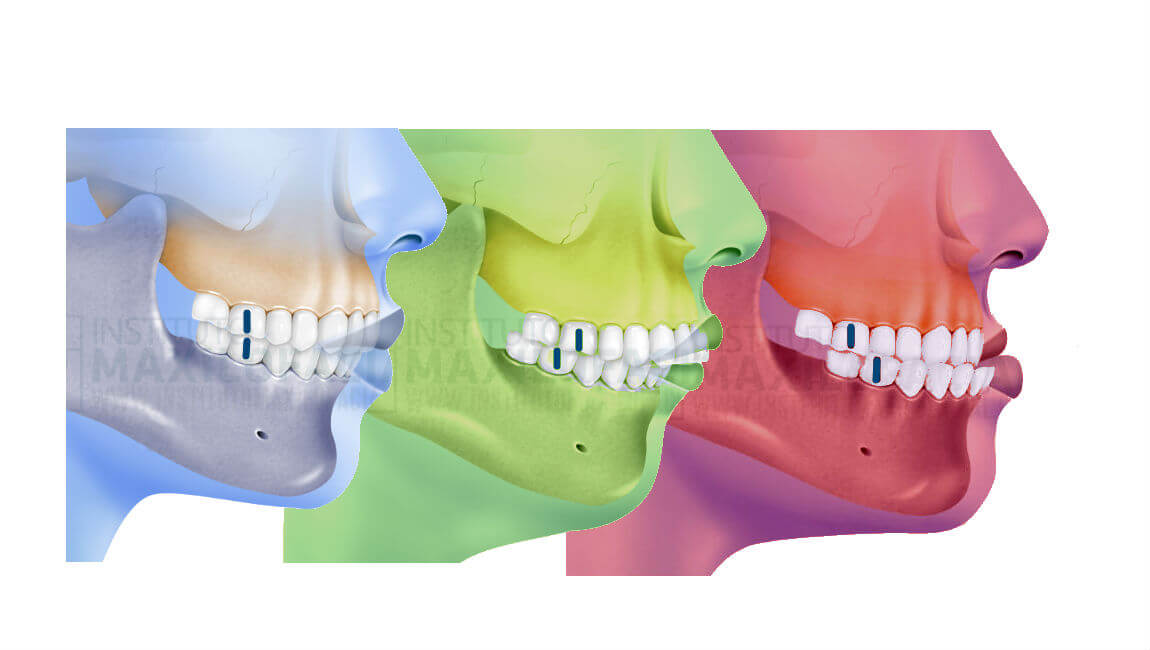
What Is A Class I Class Ii Or Class Iii Bite Instituto Maxilofacial

Black Drip Bottom Teeth Grillz In 2022 Bottom Teeth Grillz Grillz Brass Metal

Must Know Classifications Of Dental Caries For The National Dental Hygiene Boards Dental Caries Dental Dental Hygiene School

Laser Tad Orthodontic Treatment Options Cary Nc Clayton Nc

Startrader Class Super Freighter Super Class Startrader Space Spaceship Design 3d Model Model

Treatment Of A Severe Class Ii Division 1 Malocclusion Combined With Surgical Miniscrew Anchorage American Journal Of Orthodontics And Dentofacial Orthopedics
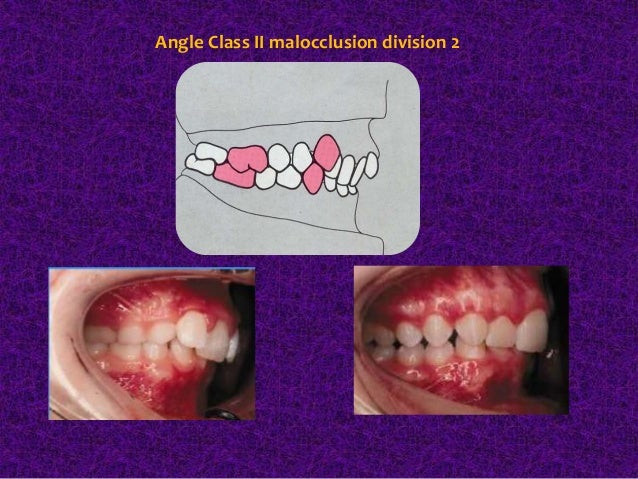
Angle S Classification For Malocclusions Dentalnotebook
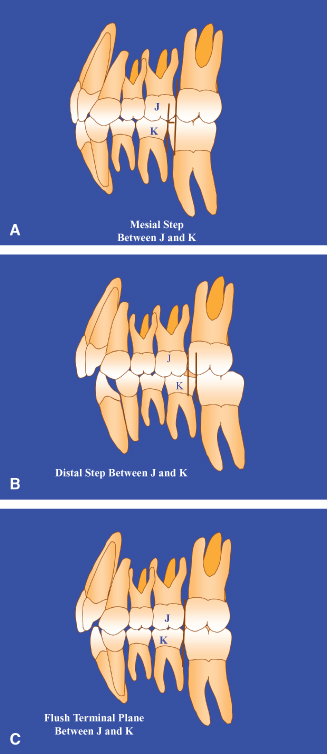
1 Orthodontic Diagnosis And Treatment Planning Pocket Dentistry

Sindrome De Wallenberg Human Anatomy And Physiology Syndrome Neurology

